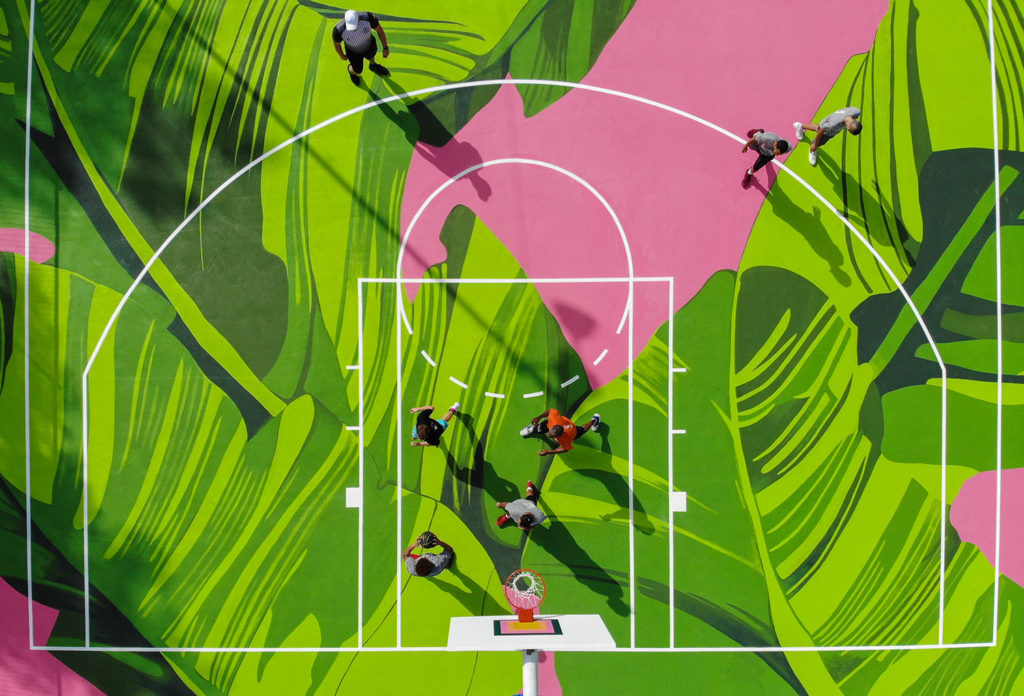The more you know about people the better experiences your are able to design. The knowledge about human behaviour and psychology is especially important if we want to evoke specific emotions through our designs. „100 things every designer needs to know about people“ by Susan M. Weinschenk is the perfect source to get a broad and basic understanding of how people think, decide and behave. The following are three important findings from Susan M. Weinschenk which can be associated with creating joy.
“3 facts about design and emotions”
If people can’t feel, then they can’t decide
If you want people to make a decision and take an action, you need to show them information, images, or a video that triggers an emotion – they will be more likely to decide if they have an emotional experience. So, when designing you need to consider the emotions you’re going to generate as people interact with your product. If the experience of your product is sad – such as a sad story – people will be in a sad mood that might affect the next action they take. You especially have to be aware of the facial expression that may change when people use your product. Researches proved that our facial expressions are directly linked to our emotions. If we smile, we feel happy—if we are not able to smile, we can not experience happiness—if our face is paralyzed we are not able to experience emotions, since we are not able to show facial expressions. For example, if people have to squish their eyes to be able to read the small font, you used on your product, that will may prevent them from feeling happy, which in turn affects an action you may want them to take. [1]
People are programmed to enjoy surprises
If you want to grab attention, design something that is novel to people. Designing something new – something unexpected – can also be pleasurable to people. Our brain scans our environment for anything that could be dangerous and therefore for anything that is novel. A research by Gregory Berns reveals that the human brain not only looks for the unexpected but craves the unexpected. [2] Researchers also measured the most activity in the nucleus accumbers, the part of the brain that is active when people experience pleasurable experiences, when something unexpected happens. [3]
Pastoral scenes make people happy

Pastoral scenes are a part of our evolution, which is also the reason why we are so drawn to those scenes. Typical landscape scenes include, according to Denis Dutton, hills, water, trees, birds, animals and a path moving through the scene – an ideal landscape for humans, containing protection, water and food. Dutton notes that our species has evolved to feel a need for certain types of beauty in our lives and that this pull towards things such as theses landscapes has helped us to survive as a species. He also notes that all cultures value artwork that includes these scenes – regardless where people come from. [4]
Sources
[1] Weinschenk, Susan M.: 100 things every designer needs to know about people. 2nd edition. 2020 Peachpit, p. 171 f.
[2] Berns Gregory, S. / McClure, S. / Pagnogni, S. / Montague, P.: The Journal of Neuroscience 21(8). Predictability modulates human brain response to reward.
[3] Weinschenk, Susan M.: 100 things every designer needs to know about people. 2nd edition. 2020 Peachpit, p. 173 f.
[4] TED. Denis Dutton: A Darwinian theory of beauty. URL: https://www.ted.com/talks/denis_dutton_a_darwinian_theory_of_beauty (last retrieved November 14, 2020)


